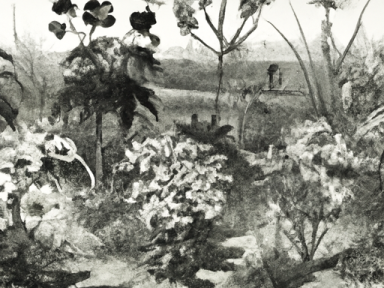
Common Poisonous Plants to Avoid When Foraging
When it comes to foraging for food in the wilderness, it is absolutely crucial to be aware of the potential dangers that lurk in the form of poisonous plants. It’s important to recognize that while nature provides a bounty of edible plants, there are also those that can cause serious harm or even be fatal. In order to ensure your safety and the safety of your loved ones, it is vital to familiarize yourself with common poisonous plants and actively avoid them.
1. Deadly Nightshade (Atropa belladonna)
As the name suggests, Deadly Nightshade is an extremely toxic plant. Its leaves and berries contain tropane alkaloids, which can cause a range of symptoms including dilated pupils, dry mouth, hallucinations, and even death. This plant can often be found in wooded areas and should be avoided at all costs.
2. Poison Ivy (Toxicodendron radicans)
One of the most well-known poisonous plants, Poison Ivy contains a substance called urushiol in its leaves, stems, and roots. Contact with this plant can lead to an itchy, painful rash that often forms blisters. Be cautious when foraging and learn how to identify Poison Ivy to prevent any unwanted encounters.
3. Hemlock (Conium maculatum)
Hemlock is a highly toxic plant that should never be consumed. It contains coniine, a poisonous alkaloid that affects the nervous system and can be fatal if ingested in large quantities. This deadly plant resembles wild carrots, so be certain to properly distinguish between the two before consuming any plants.
4. Jimsonweed (Datura stramonium)
Jimsonweed, also known as devil’s snare, is a plant that possesses hallucinogenic properties. However, consuming this plant can lead to severe poisoning and even death. Symptoms of Jimsonweed poisoning include dizziness, fever, and a rapid heart rate. Avoid this plant both foraging and in your own garden.
5. Oleander (Nerium oleander)
Oleander is a beautiful but deadly plant that contains cardiac glycosides, which can cause irregular heartbeats, vomiting, and even cardiac arrest if ingested. All parts of the plant are toxic, including the leaves, flowers, and sap. Take caution when foraging and do not handle this plant without protective gloves.
6. Foxglove (Digitalis purpurea)
Foxglove may have lovely bell-shaped flowers, but it’s important to remember that this plant is highly poisonous. It contains cardiac glycosides that can cause irregular heart rhythms, nausea, and even heart failure. Avoid ingesting any part of this plant and be particularly mindful if you have children or pets roaming in the area.
Whether you are an experienced forager or just starting out, it is vital to educate yourself about the poisonous plants in your region. Familiarize yourself with their appearance, so you can easily identify and avoid them. Remember, taking the time to learn about these plants and being cautious can potentially save your life.



GIPHY App Key not set. Please check settings